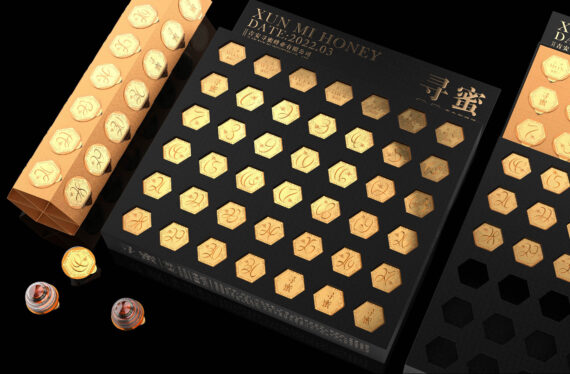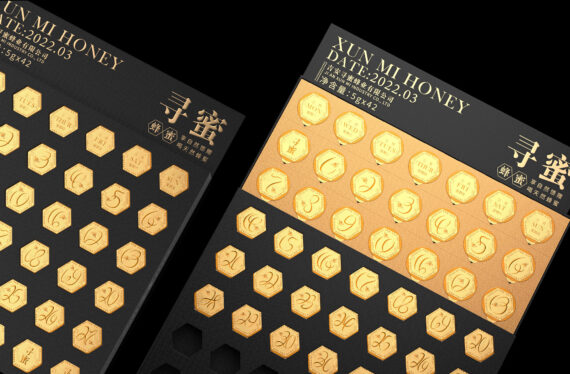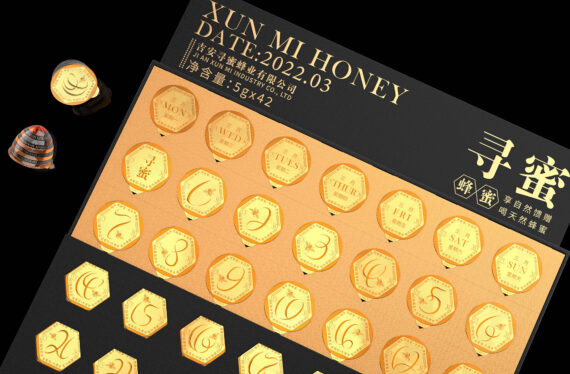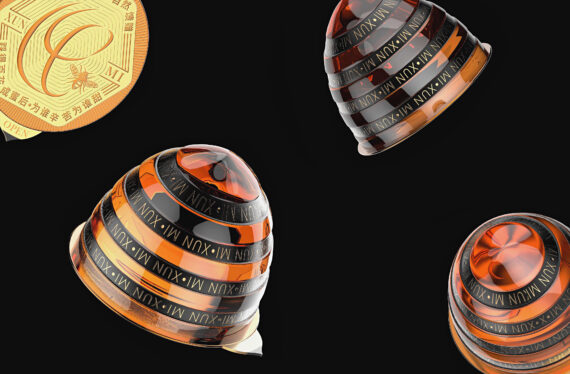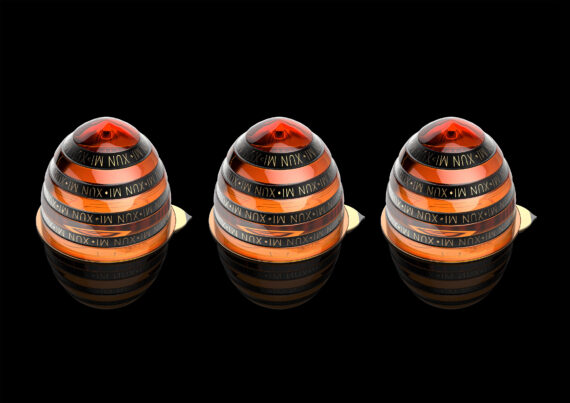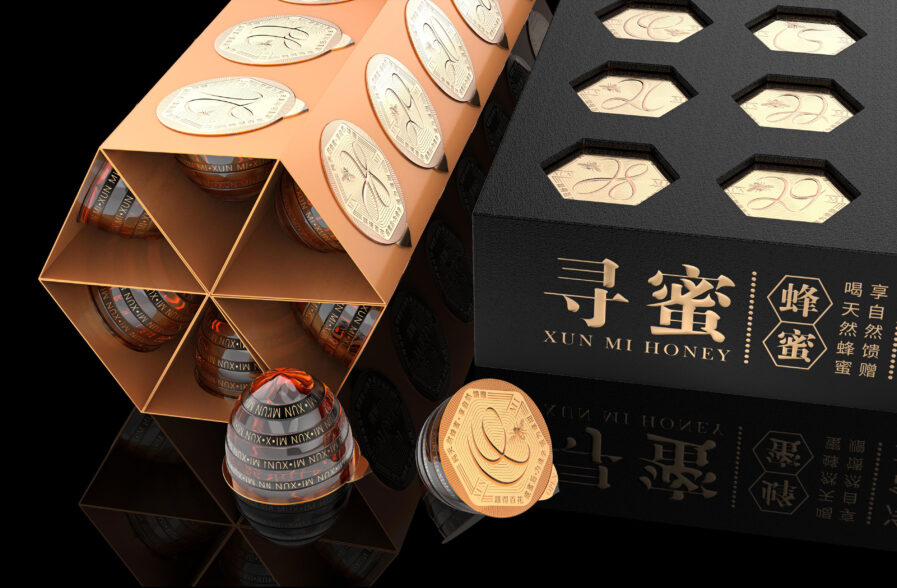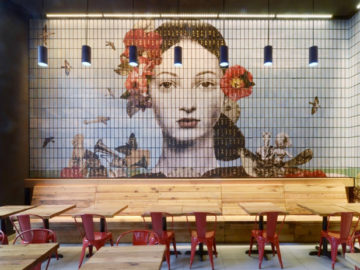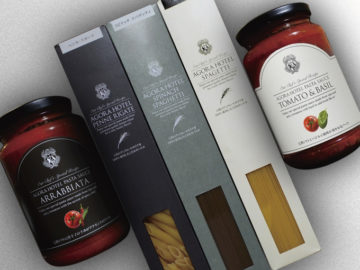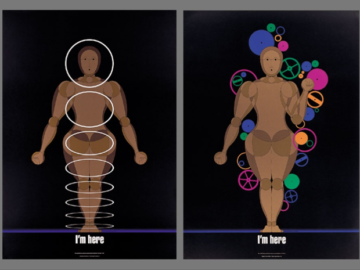In the bustling hive of today’s consumer marketplace, “Xun Mi Honey” emerges as a sweet triumph in creative packaging. The team at China’s Roking Art Design harvested a Gold Award in Design 2024 for their innovative product packaging for Ji An Xun Bee Industry Co., LTD. This design perfectly blends form and function, addressing the sticky issue of product homogeneity with a buzz-worthy twist. Adorned with hexagonal patterns and a palette reminiscent of a bee’s life, the packaging captures the eye. Roking makes the packaging as delightful and accessible as the honey itself.
By: Luo Qin
